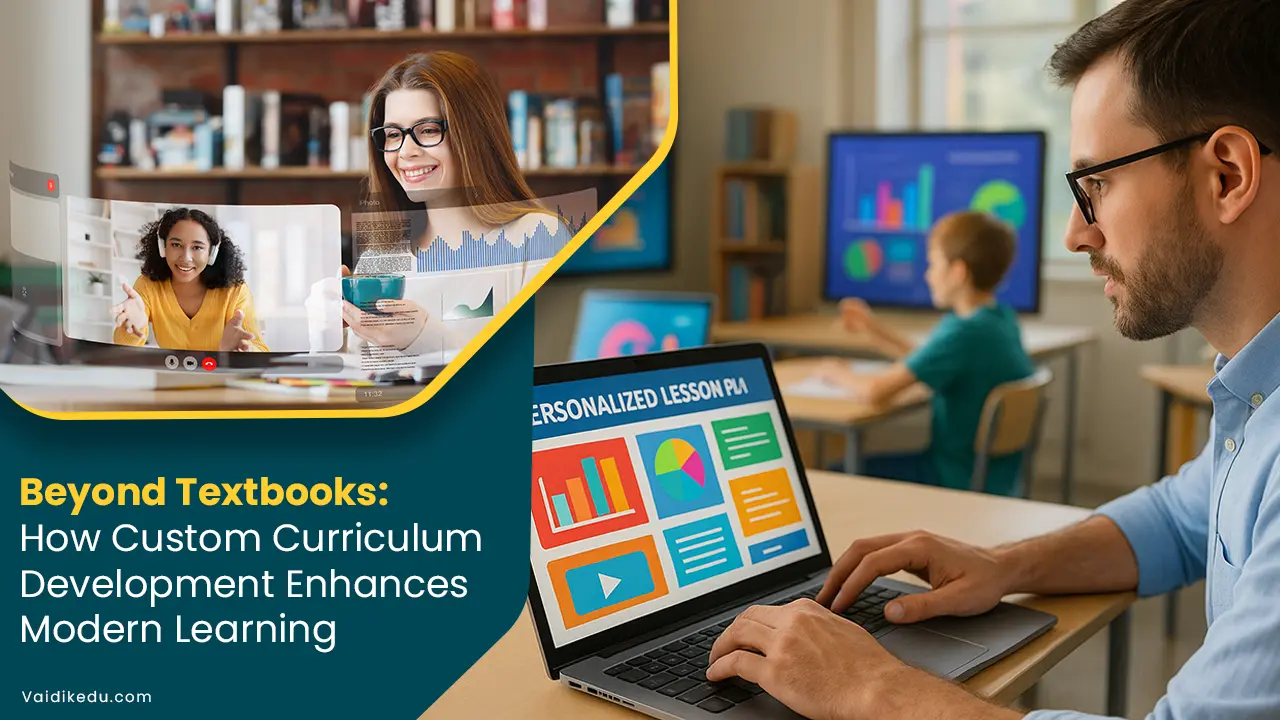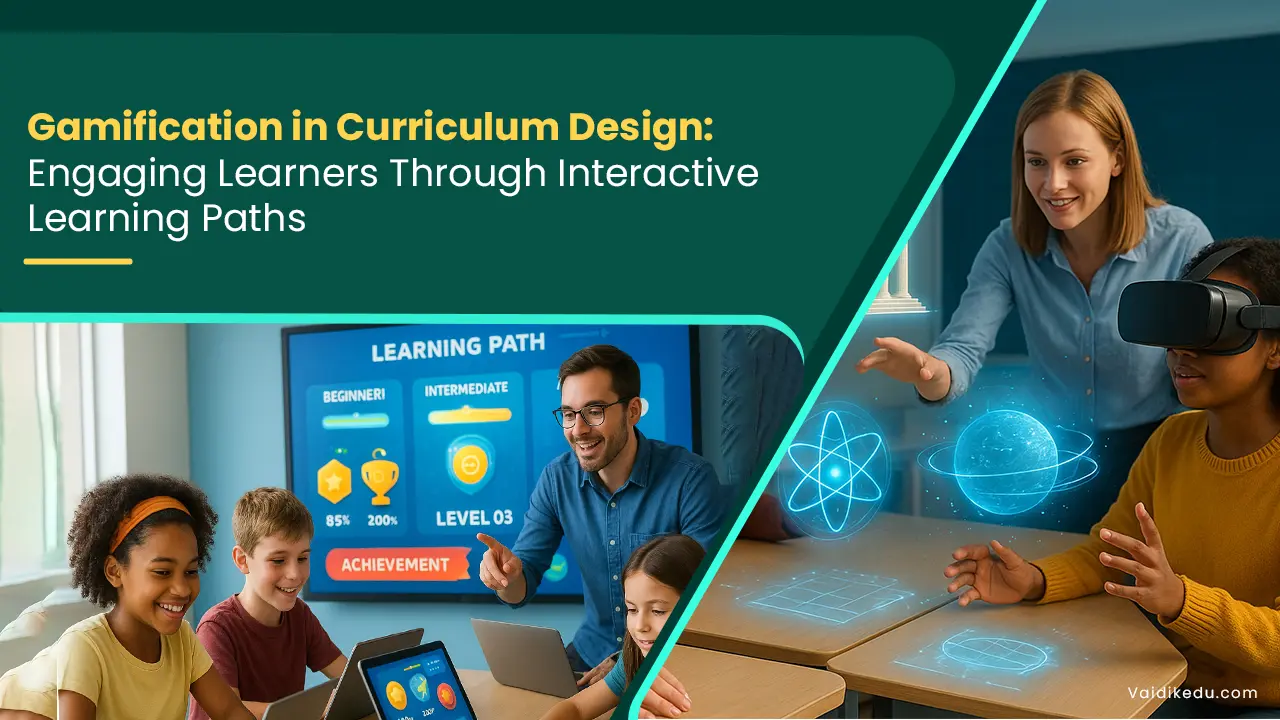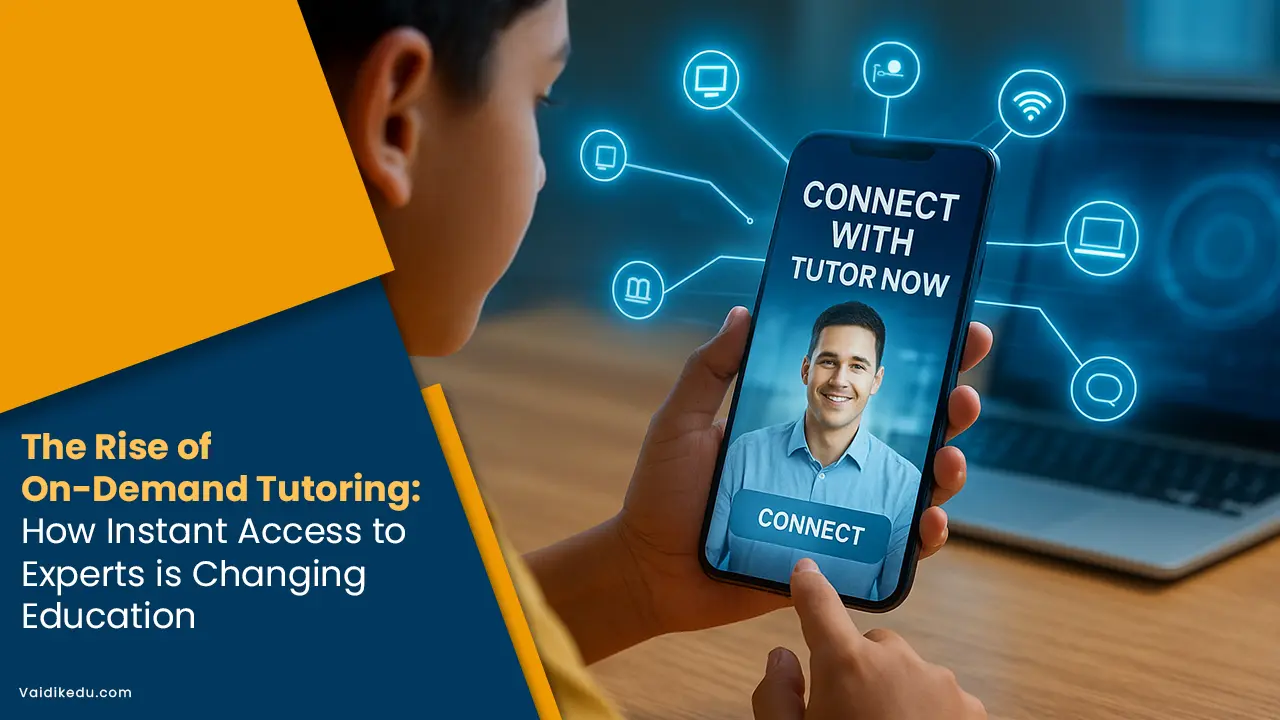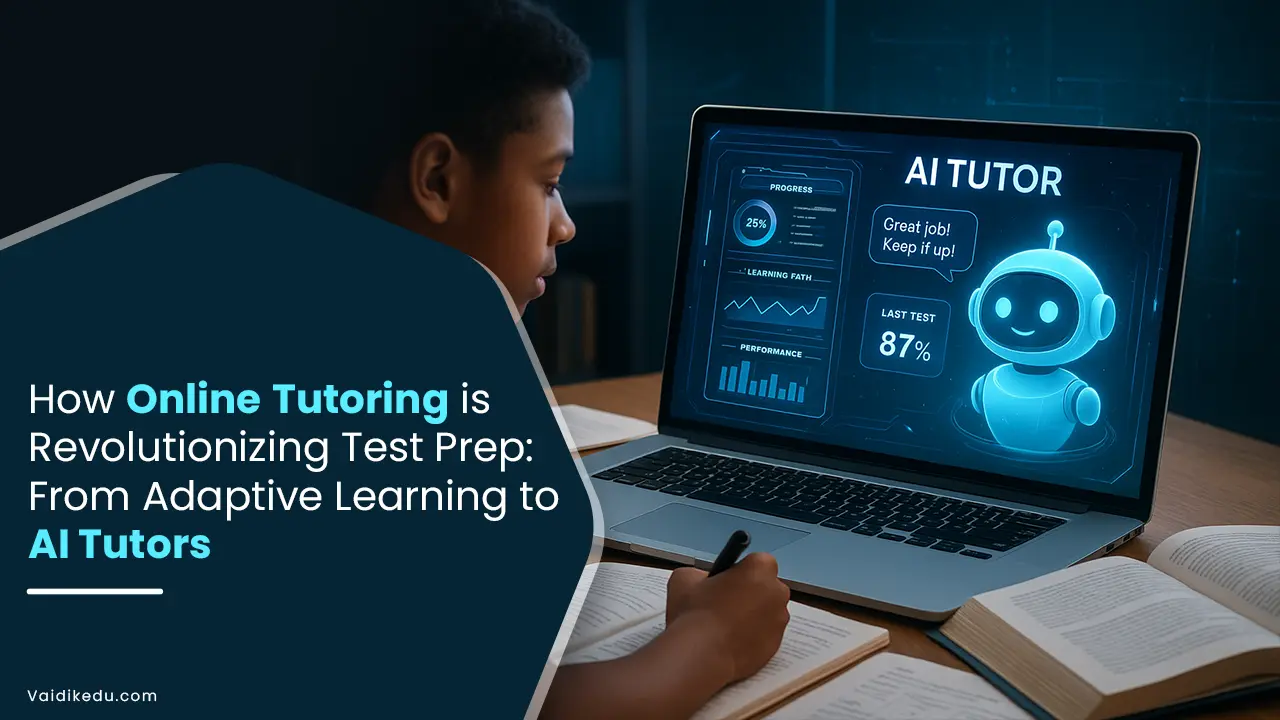For a long time, lectures, textbooks, and assessments have formed the backbone of the traditional education system. Even though these work well in the context of controlled learning, they hardly motivate learners on a more profound level.
In today’s digital world where attention spans are short and people are accustomed to interactive experiences, educators need to rethink how curricula are designed to promote engagement and motivation.
One of the new trends that have been picking up pace in educational institutions is the gamification application of game design elements in a non-game context.
Gamification in curriculum development makes learning interactive, involving rewards, badges, leaderboards, challenges, and storytelling to inspire students, enhance participation, and increase knowledge retention.
With the gamified learning trails, teachers will be able to provide an experience that not only makes learning exciting but also develops intrinsic motivation, making the learners feel accomplished.
This blog explores the theme of gamification in curriculum development, its ingredients, advantages, disadvantages, and best practices that can ensure smooth implementation.
Introduction to Gamification in Education
In this regard, gamification is not turning a classroom into a video game but bringing game mechanics to learning experiences for the enhancement of engagement on the part of the students.
It shows interest and sustains participation in the learning process through psychological principles related to motivation, competition, and reward systems.
A well-designed gamified curriculum will contain the following elements:
- Points & Rewards – Learners earn points for completing tasks, participating in discussions, or achieving any learning milestones.
- Badges & Achievements – Recognition of accomplishments fosters motivation and reinforces positive learning behavior.
- Leaderboards – Rank students based on their performance so a sense of competition builds up among them.
- Storytelling & Narrative – Often, a great narrative can make learning much more engaging and emotionally involved.
- Challenges & Quests – Challenging tasks make the learning process interesting and interactive.
- Instant Feedback – The instant feedback mechanism corrects the mistakes of the students, and therefore, they come to know about their improvement and progress.
Through such game elements, the learners can follow interesting paths of learning with guidance for following curricula, which becomes interesting and structured.
Advantages of Gamification in Curriculum Development
1. Student Engagement BOOST
Gamification captures the attention of students as learning becomes a fun experience rather than a tedious one. Interactive elements engage the students actively instead of passively absorbing the information.
2. Increased Motivation
Rewarding, challenges and tracking progression are some game mechanics that evoke intrinsic motivation. Students will do their assignments and meet their learning objectives more easily when they feel a sense of accomplishment.
3. Better Knowledge Retention
Research has shown that active learning methods enable learners to retain more information than the passive learning method. Gamification through quizzes, simulations, and interactive scenarios allows students to apply what they learn in meaningful ways.
4. Encourages Collaboration and Social Learning
Most gamified learning environments encourage teamwork and peer interaction. Multiplayer challenges, group tasks, and collaborative problem-solving activities foster a sense of community and cooperation among students.
5. Critical Thinking and Problem-Solving Ability
Gamification typically contains challenges that require learners to analyze, strategize, and make decisions. This enhances higher-order thinking skills while preparing students for authentic problem-solving.
6. Personalized Learning Experience
The gamified curriculum can be tailored to individual learners’ progress while providing customized challenges and feedback that are contingent upon their performance. This ensures that students with varying skill levels will stay engaged while remaining challenged.
Problems with Gamification in the Classroom
While gamification offers numerous benefits, its implementation in curriculum design comes with certain challenges:
1. Balancing Fun with Educational Value
Educators must ensure that gamification enhances learning rather than distracting from it. The focus should always be on achieving learning objectives rather than just entertainment.
2. Designing an Effective Reward System
A weakly designed reward system may lead to extrinsic motivation, in which students are only participating for points or badges and not for learning itself. There is a need to maintain the balance between intrinsic and extrinsic motivation.
3. Resource and Time Constraints
Designing a gamified curriculum is time-consuming, and requires technology, and expert support. Not all institutions have the required resources or technical infrastructure to implement advanced gamification strategies.
4. Ensuring Inclusivity and Accessibility
Not all students respond well to competition-based learning. Some may be discouraged by the use of leaderboards or rankings, so alternative reward systems should be provided that can accommodate different learning styles.
5. Assessment of Gamification Success
The traditional grading system does not apply to gamified assessments. Teachers must design new evaluation tools to assess student progress and learning outcomes effectively.
Best Practices For Curriculum Design Implementation of Gamification
1. Clearly Define the Learning Objectives
Before applying gamification in a course, clear learning objectives must be defined. Gamification should align with the curriculum and reinforce educational content rather than detract from it.
2. Use a Blend of Game Elements
Using a blend of game elements such as points, badges, storytelling, and challenges makes the learning experience more dynamic, but moderation should be exercised so as not to cause cognitive overload.
3. Foster Intrinsic Motivation
While rewards and points can induce participation, developing a passion for learning is of primary importance. Narrative-based learning, curiosity-driven challenges, and real-world problems keep the motivation intrinsic.
4. Effective use of Technology
The use of gamification platforms, learning management systems, or educational apps boost participation. On the other hand, technology is intuitive and should be accessible to all learners involved.
5. Constructive feedback
Timely, actionable feedback makes the students feel where they are and what they need to work on. Instant feedback loops keep learners engaged and motivated.
6. Encourage Collaboration Over Competition
Even though leaderboards motivate some students, collaborative elements such as group quests, peer reviews, and cooperative learning tasks encourage teamwork and social interaction.
7. Monitor and Adapt Continuously
Gamification strategies need to be reviewed and improved according to the students’ feedback and performance data. Updates are always made to ensure that the gamified curriculum remains effective and engaging.
Conclusion
Integrating gamification in curriculum design is a significant shift in the way education is delivered. With game mechanics, educators can craft learning paths that are interactive, more engaging, personalized, and effective. Implementation is not without its challenges, but careful planning and a balanced approach can ensure that gamification does not detract from learning.
Gamification within curriculum design provides a powerful leverage to transform mere learning into a journey. It implies the integration of game elements which include rewards, challenges, and storytelling, making it possible to collaborate and offer motivation, facilitating retention, as well as being more personalized about learning.
Some challenges exist with this approach but a well-planned approach does not let this become a hindrance to an educational objective rather than a mere distraction.
This will mean education in a state of continuous evolution, with gamification playing an increasingly vital role in the definition of what engagement and even success mean. Education, following this approach, will prepare students for the future, armed with critical thinking, problem-solving, and collaborative effort skills-all entertainingly and interactively.
With the evolution of technology, gamified elements might soon be more deeply integrated into education in the future. Educators who adapt to this will not only make learning fun for their students but also prepare them in terms of critical thinking, problem-solving, and collaborating skills. After all, gamification can revolutionize the way people experience learning, turning it into an interactive and engaging adventure for children and adults alike.
Frequently Asked Questions
Curriculum gamification refers to the methodology that allows game elements such as points, badges, and challenges within the learning process to improve engagement and motivation.
Gamification elevates students’ active participation, brings engagement, and enhances memory retention due to better enjoyment and reward of learning interactions.
Educators can start with quizzes, interactive assignments, and achievement-based rewards and then stretch to more complex gamified learning paths.









